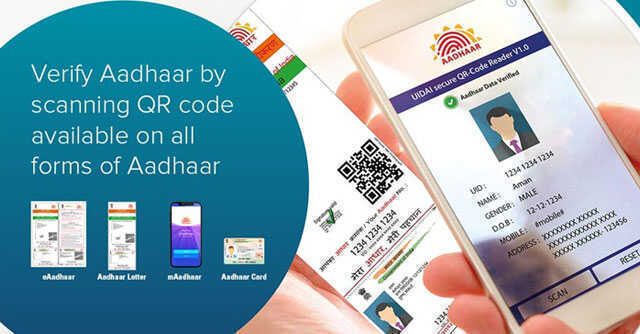
UIDAI issues guidelines for OVSEs to adhere to Aadhaar usage hygiene


The Unique Identification Authority of India (UIDAI) on Tuesday issued a set of guidelines to Offline Verification Seeking Entities (OVSEs) highlighting ]usage hygiene issues, better safety mechanisms at user levels and ways to enhance residents’ trust while using Aadhaar voluntarily for lawful purposes.
“Entities have been informed to perform verification of Aadhaar after explicit consent of the Aadhaar number holder. These entities need to be courteous to residents and assure them about the security and confidentiality of their Aadhaar while conducting offline verification,” said the Ministry of Electronics and IT.
OVSEs have to maintain the log/record of explicit consent received from residents for any future audit by UIDAI or any other legal agency thereof.

“UIDAI has also asked OVSEs to verify Aadhaar via the QR Code present on all four forms of Aadhaar (Aadhaar letter, e-Aadhaar, m-Aadhaar and Aadhaar PVC card) instead of accepting Aadhaar in physical or electronic form, as a proof of identity,” the ministry added.
Entities have been asked to ensure services are not denied to any resident for refusing to or being unable to undergo offline verification of Aadhaar, provided the resident is able to identify himself/herself through other viable alternatives. It is underlined that OVSEs need to provide residents viable alternative means of identification in addition to Aadhaar, for rendering service.
“Verification entities, generally should not collect, use or store Aadhaar number of the resident after having conducted offline verification of Aadhaar, UIDAI has informed OVSEs. Post verification, if the OVSE finds it necessary for any reason, to store a copy of Aadhaar, the OVSE must ensure that Aadhaar number is redacted/masked and irretrievable,” the ministry said.

Any Aadhaar can be verified using the QR code available on all forms of Aadhaar (Aadhaar letter, e-Aadhaar, Aadhaar PVC card, and m-Aadhaar) using mAadhaar App, or Aadhaar QR code Scanner. Tampering of Aadhaar documents can be detected by offline verification, and tampering is a punishable offence and liable for penalties under Section 35 of the Aadhaar Act.
